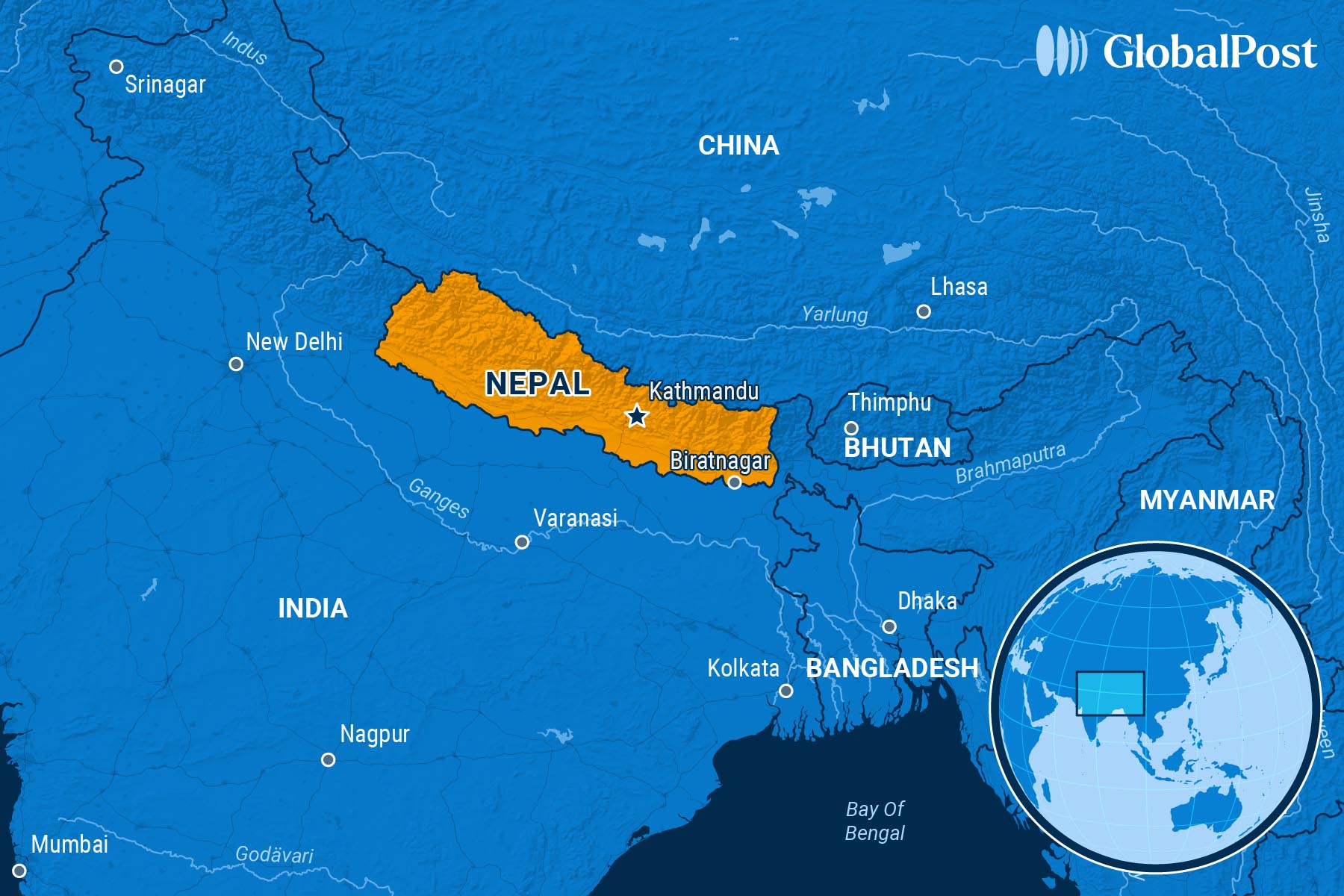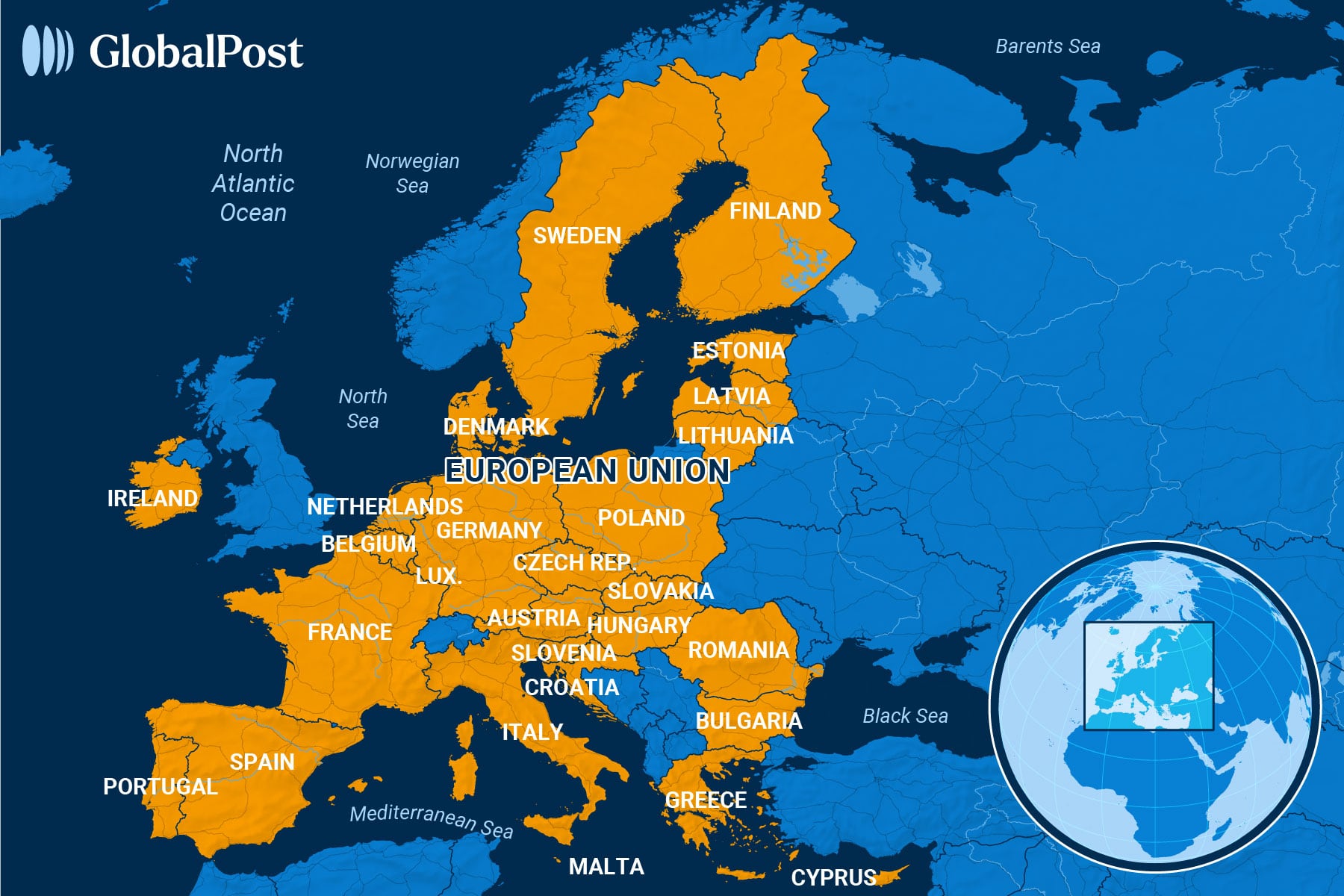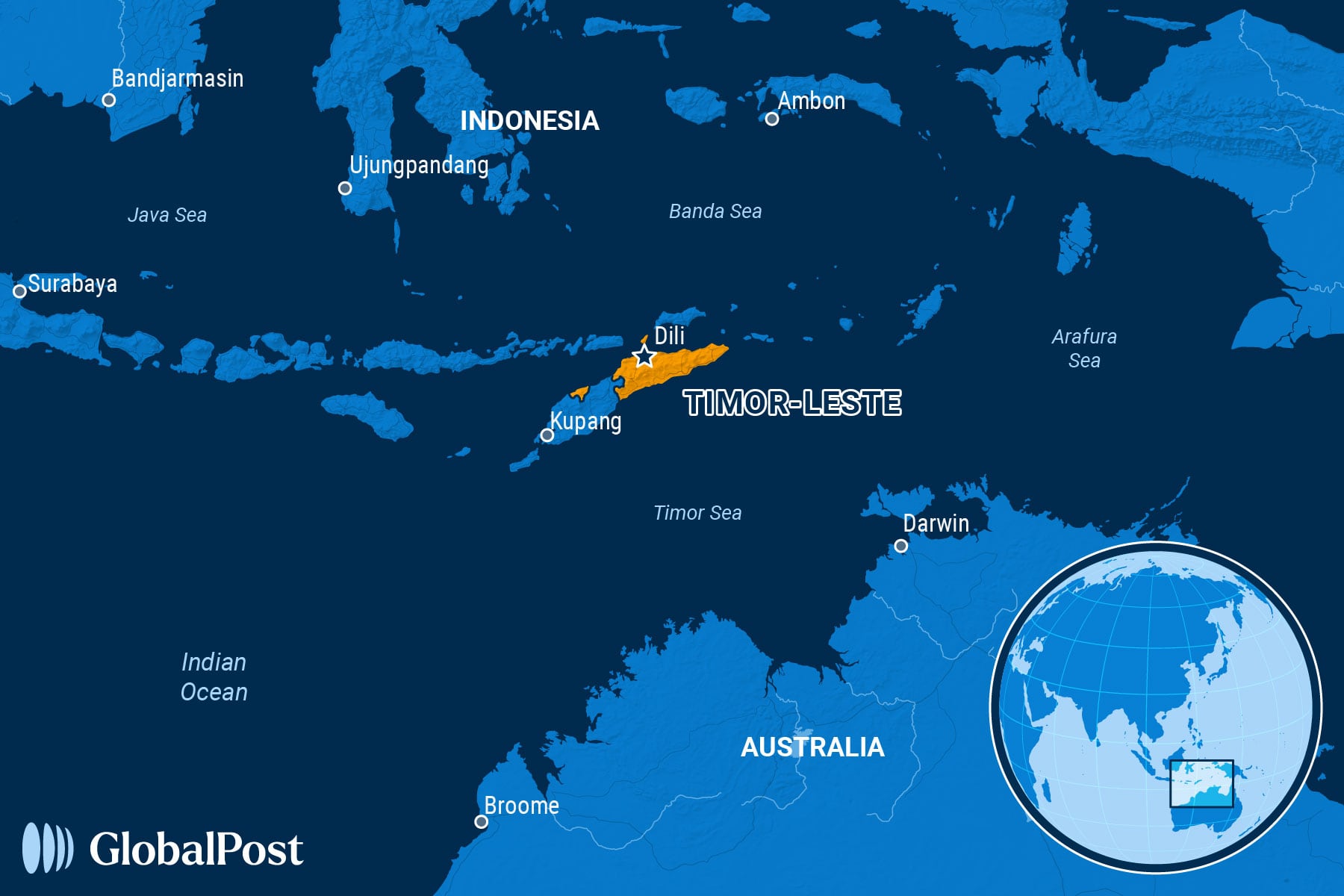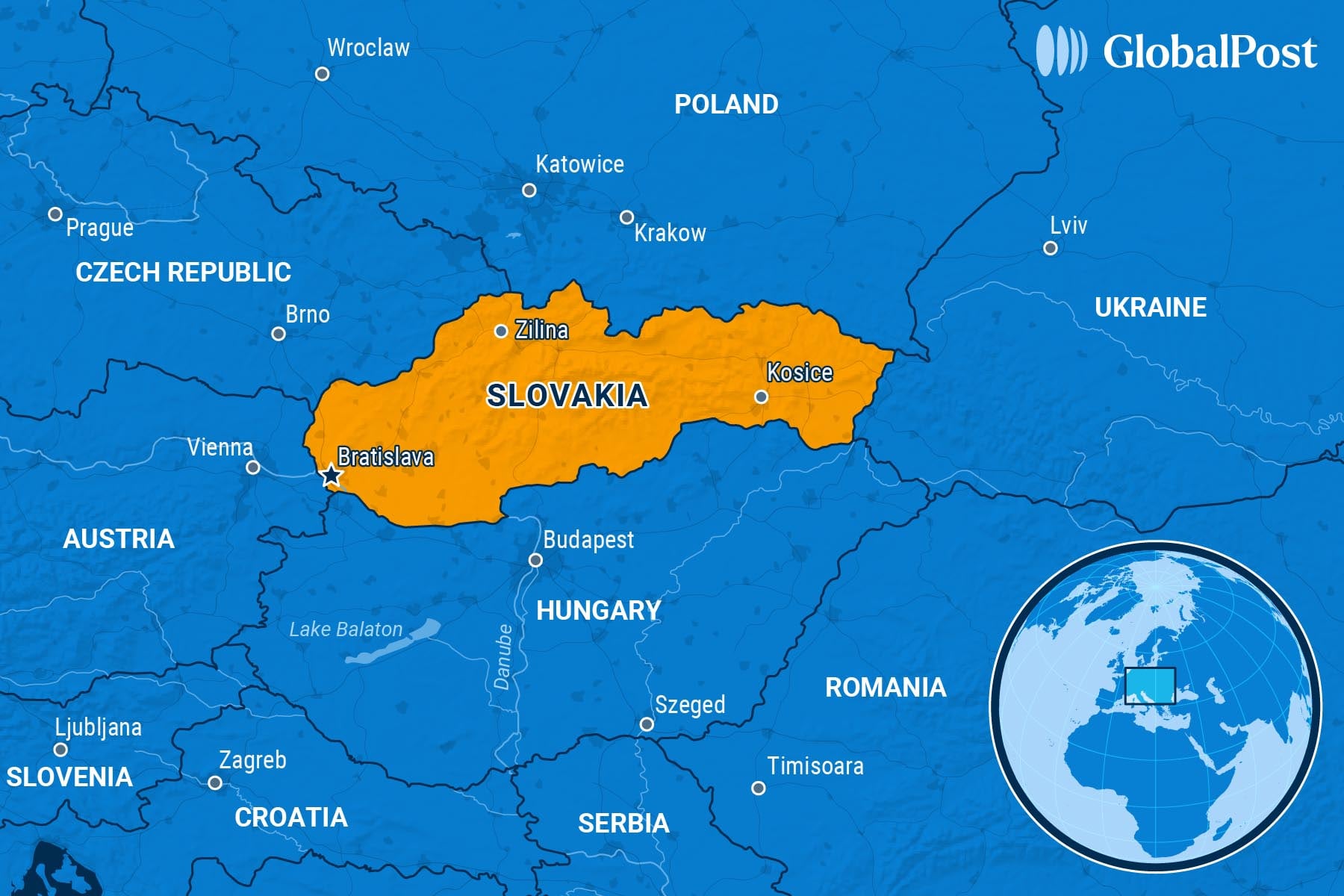‘They Did It’: Young Nepalis Bring Down the Government But Wonder What’s Next
NEED TO KNOW
‘They Did It’: Young Nepalis Bring Down the Government But Wonder What’s Next
NEPAL
 This summer, young Nepalis began an informal campaign on social media called Nepo Kids, featuring videos showing the children of Nepal’s political elite flaunting their wealth juxtaposed with images of ordinary Nepalis struggling with inflation, power cuts or leaving for poorly-paid work abroad to send funds home.
This summer, young Nepalis began an informal campaign on social media called Nepo Kids, featuring videos showing the children of Nepal’s political elite flaunting their wealth juxtaposed with images of ordinary Nepalis struggling with inflation, power cuts or leaving for poorly-paid work abroad to send funds home.
Those videos, which went viral, both reflected but also sparked deep anger among the young, who say that despite promises by the government and its leaders over the past decades, nothing has changed: corruption remains rampant, unemployment high, and poverty pervasive.
Then, on Sept. 4, the government banned social media platforms such as WhatsApp, Signal, and Instagram because they had failed to set up local offices and register with the government, a move seen by these very same young, frustrated Nepalis as censorship against their generation.
Organizing protests, the self-described Gen Z demonstrators brought down the Nepalese government last week in under 36 hours, even as it moved to rescind the ban.
“While the main trigger for the protest was the recent social media ban, the long history of corruption and bad governance is the main reason that thousands of people (came) out on the streets to protest,” one young protester told CNN.
For young Nepalis, the ban was a step too far, say analysts.
“Protests over the social media ban were just a catalyst,” Prateek Pradhan, editor of Baahrakhari, a Nepalese independent news website, told the Associated Press. “Frustrations over how the country is being run have long been simmering under the surface. People are very angry. (Now,) Nepal finds itself in a very precarious situation.”
The uprising was just the latest in a series of youth-led movements across Asia that have challenged or overthrown governments in Indonesia, Bangladesh, and Sri Lanka over the past few years, inspiring Nepalis.
When the protests began last Monday, they were peaceful and patriotic, with demonstrators holding up Nepali flags and signs reading, “This generation won’t tolerate what our parents tolerated.” Soon after, however, they turned violent: 72 people died and hundreds more were injured after the police and army opened fire with live rounds. Government buildings, such as those housing Parliament and the Supreme Court, were set on fire, as were those of well-connected families. Businesses were looted, hotels ransacked, and some officials attacked.
The Gen Z leaders called off the protests and said they had been “hijacked” by “opportunists.”
After the government of Prime Minister K.P. Sharma Oli resigned last Tuesday, hundreds of Nepalis crowded into the international airport to flee the country. Others searched for information on their loved ones or tried to stockpile food and other necessities. Some protesters came out to clean up the streets of debris in the aftermath of the riots.
There was also confusion over who was running the country as the army took over.
By Friday, former chief justice Sushila Karki was sworn in as interim prime minister, making her the country’s first female leader. She has called for new elections in six months. The appointment satisfied a key demand by the protesters – that a new face would be running the country.
Now, if Nepal wants to move forward, its leaders must begin tackling the problems that brought the government down, namely corruption, unemployment, poverty, and a sense among the young that there is no future for them there, observers say.
“Youth discontent with Nepal’s conservative and hierarchical political party system, led by an old guard that has been in power since the end of the country’s civil war in 2006, is nothing new, wrote World Politics Review. “However, political elites have generally opted to cling to the status quo instead of answering calls for reform.”
Nepal is one of the more corrupt countries in the world. Meanwhile, nearly half of all Nepalis survive on less than $6.85 a day, according to the World Bank. Almost a quarter of young people are unemployed. Remittances from Nepalis working abroad make up nearly a third of GDP.
Politically, the country’s democracy is fragile, analysts say. The country is still recovering from its civil war that ended in 2006 after a years-long Maoist insurgency. Two years later, it abolished its monarchy, and in the ensuing years, created a constitutional democracy.
Still, earlier this year, thousands of Nepalis protested in favor of restoring the monarchy and bringing back King Gyanendra. Gen Z protesters say they won’t accept such a move.
Rai, 36, a photographer in Kathmandu, told the Washington Post that he understood the frustrations of the protesters – he felt the same way almost two decades ago. That’s why he took part in the demonstrations.
“Our anger was passed down and it finally came to a boiling point…(because) things never changed,” he said. “Back then, we were definitely frustrated with our government, but we couldn’t imagine this sort of protest was possible, this ability to overthrow the government.”
“They actually did it,” he added. “It’s the uncertainty that lies ahead that now scares me.”
THE WORLD, BRIEFLY
EU Commission Unveils Sanctions on Israel in Major Political Shift
EUROPEAN UNION
 The European Union’s executive branch, the European Commission, unveiled plans Wednesday to downgrade trade ties with Israel and sanction top officials over reports of human rights violations in Gaza, signaling a major shift in the bloc’s stance toward the country after coming under pressure to take action, Politico reported.
The European Union’s executive branch, the European Commission, unveiled plans Wednesday to downgrade trade ties with Israel and sanction top officials over reports of human rights violations in Gaza, signaling a major shift in the bloc’s stance toward the country after coming under pressure to take action, Politico reported.
The measures – which do not currently have enough support among the member countries to yet be passed – aim to suspend a trade arrangement affecting about $6.87 billion of Israeli exports, Reuters noted.
The EU is Israel’s top trading partner, with trade in goods between the two amounting to about $50 billion last year. Should the free-trade deal be suspended, Israel would face the same duties as countries without an agreement with the bloc. The result would be an estimated $269 million a year in duties, a senior European Commission official said.
The plan also proposed sanctions on two staunch members of Prime Minister Benjamin Netanyahu’s government, National Security Minister Itamar Ben Gvir, and Finance Minister Bezalel Smotrich, as well as “violent” Israeli settlers, and 10 senior members of the Palestinian militant group Hamas.
Parts of the proposal also concern the suspension of about $16 billion in direct support for some Israeli projects.
The proposed measures are more restrained than those wanted by some EU member states. EU foreign policy chief Kaja Kallas said the EU took a targeted approach to compel Netanyahu’s government to take action regarding the humanitarian situation in Gaza while avoiding penalizing the Israeli society at large.
At the same time, the move is expected to face opposition from some EU members. It has also triggered a furious response from Israel, with Foreign Minister Gideon Sa’ar accusing EU chief Ursula von der Leyen of empowering terrorists.
Von der Leyen opted to move ahead with the proposals despite the fact that EU members will likely block them from being formally adopted.
The proposal to impose tariffs on Israeli imports must be approved by a qualified majority of EU countries – 15 out of 27 EU members – while the sanctions on Israeli government members must be unanimous to take effect.
So far, both trade measures and sanctions lack enough support with opposition coming from members including Austria, Italy, Hungary, and Germany. The latter said it has not made a final decision on the proposals because it wants to keep open “the channels of dialogue” with Israel.
For months, von der Leyen has been under pressure to get tougher on Israel because some EU leaders, such as Spanish Prime Minister Pedro Sánchez, political groups, and even members of her institution have complained over what they say is a lack of action over the abuses in Gaza.
Thousands of people have also taken to the streets across Europe in recent months, calling on their governments to pressure Israel into ending its war on Gaza, Al Jazeera noted. A report published Tuesday by a United Nations independent commission found that Israel has committed genocide in the Gaza Strip.
While the worsening humanitarian crisis in Gaza has angered public opinion, Kallas said she thinks “the political lines are very much in the place where they have been so far.”
East Timorese Students Protest Lawmaker Perks
EAST TIMOR/ TIMOR-LESTE
 Student-led protests in East Timor entered a third day Wednesday, as thousands demonstrated against a now-scrapped plan to buy new SUVs for lawmakers in the Southeast Asian country where 40 percent of the population lives in poverty, Agence France-Presse reported.
Student-led protests in East Timor entered a third day Wednesday, as thousands demonstrated against a now-scrapped plan to buy new SUVs for lawmakers in the Southeast Asian country where 40 percent of the population lives in poverty, Agence France-Presse reported.
Earlier this week, the capital Dili saw mass protests denouncing a $4.2 million plan to buy Toyota Prado SUVs for all 65 members of parliament. Protesters complained that lawmakers already owned well-functioning cars while citizens continue to face dire economic hardship.
Clashes between demonstrators and police were reported on two consecutive days.
On Tuesday, parliament dropped the plan in an effort to appease protesters, saying they must now “adopt administrative and financial measures aimed at maintenance and efficient use” of vehicles already used by lawmakers.
Even so, protesters remained skeptical of the reversal, and around 2,000 people rallied in front of the parliament Wednesday to protest other issues, including a 2006 law that gives retired lawmakers lifetime pensions.
Parliament later said in a statement that it would take steps to annul the pension law.
According to the Inter-Parliamentary Union, East Timorese lawmakers have an annual basic salary of $36,000 as of 2023 – more than 10 times the country’s average income, the BBC noted.
This is not the first time East Timor has been hit by protests over vehicles for lawmakers: In 2008, police detained students protesting a plan to spend $1 million on new cars for representatives.
But observers said the current demonstrations have now expanded to calls to address inequality, unemployment, and poor public services.
East Timor’s protests echo similar student-led demonstrations across South and Southeast Asia in recent weeks that have seen thousands hit the streets of Indonesia and Nepal over perceived excesses of lawmakers.
Thousands Protest in Slovakia Against Austerity Measures, Pro-Russia Policies
SLOVAKIA
 Thousands protested across Slovakia on Tuesday in a mass demonstration against the economic and pro-Russian policies of Prime Minister Robert Fico, the latest demonstration to hit the small Eastern European country, the Associated Press reported.
Thousands protested across Slovakia on Tuesday in a mass demonstration against the economic and pro-Russian policies of Prime Minister Robert Fico, the latest demonstration to hit the small Eastern European country, the Associated Press reported.
People rallied in 16 major cities and towns, including the capital of Bratislava, chanting “We’ve had enough of Fico.”
This latest round of protests was triggered by Fico’s trip to China earlier this month, where he attended festivities celebrating the end of World War II: He was the only European Union leader in attendance and met with Russian President Vladimir Putin, the third time since Russia’s full-scale invasion of Ukraine, the Kyiv Independent added.
Protesters also rallied against a new package of austerity measures, which includes increases in health and social insurance, income tax for higher earners, and value-added tax on some food products. It may also include a reduction of national holidays in its final form.
The government says those measures are needed to cut the budget deficit, which is at 5.3 percent of GDP – the second highest last year among the countries using the euro. The amount is expected to exceed 5 percent this year, surpassing the 3 percent limit required by the EU.
Labor unions and critics argued that ordinary Slovaks would be the hardest hit, while businesses said that the austerity package doesn’t include any measures to boost the economy.
“The Slovaks are fed up with that,” Michal Šimečka, the head of the Progressive Slovakia party, told the crowd in Bratislava. His party, together with Freedom and Solidarity, the Christian Democrats, and the Democrats, led the demonstrations.
Some leaders proposed to organize a general strike against the government.
Fico, who is serving as prime minister for the fourth time, is considered a divisive figure domestically and internationally. His leftist Smer (Direction) party won the parliamentary election in 2023 with a campaign focused on pro-Russian and anti-American sentiments.
He has criticized the EU’s policies on Ukraine, halted Slovak military aid to the country since returning to power, and opposed EU efforts to reduce energy dependence on Russia.
Other mass protests took place in Slovakia this year against Fico’s foreign policies. In March, thousands took to the streets, accusing the government of distancing itself from the EU and strengthening ties with Russia.
Critics say Fico’s Slovakia is following in the footsteps of Hungary under Prime Minister Viktor Orbán, regarded by many as an autocrat.
DISCOVERIES
Big, Bad Croc
There was something more dangerous than dinosaurs lurking in the region that is now Argentina around 70 million years ago.
Scientists in the country recently uncovered the remains of Kostensuchus atrox, a hypercarnivorous reptile that likely feasted on dinosaurs and rivaled other predators in southern Patagonia during the Cretaceous period.
The fossil, unearthed in 2020 from the Chorrillo Formation in southern Argentina, is so well-preserved that researchers could piece together much of its anatomy, including a skull, jaws, and several bones.
Its name is a combination of “Kosten,” the Tehuelche word for Patagonian wind, and Suchus, the Egyptian crocodile-headed god Sobek. The species name atrox means “fierce” or “harsh,” the Independent noted.
Estimated to be 11.5 feet long and weighing in around 550 pounds, K. atrox wasn’t the largest predator of its time, but it was certainly among the deadliest.
The creature had a broad snout, robust forelimbs, and big, sharp teeth that point to a mainly carnivorous diet – likely including medium-sized dinosaurs.
“These extinct crocodyles competed and preyed upon dinosaurs, and played an important role in the structure of vanished ecosystems,” lead author Fernando Novas explained to Live Science.
The animal belonged to a now-extinct group of reptiles called peirosaurid crocodyliforms – relatives of today’s crocodiles and alligators.
Its discovery also sheds light on the diverse and surprisingly crocodile-rich world that dinosaurs inhabited.
“In particular, terrestrial (crocodilians) were notably diverse and abundant during Cretaceous times in South America and Africa, including small and large, meat-eating and plant-eating forms, revealing that these continents were ‘land of crocs,’” Novas added.
In the same fossil beds, scientists previously uncovered Maip macrothorax, a massive, 30-foot-long megaraptor.
While Maip was bigger, K. atrox held its own as the second-largest predator in the area – reminding us that dinosaurs didn’t always rule the neighborhood.
